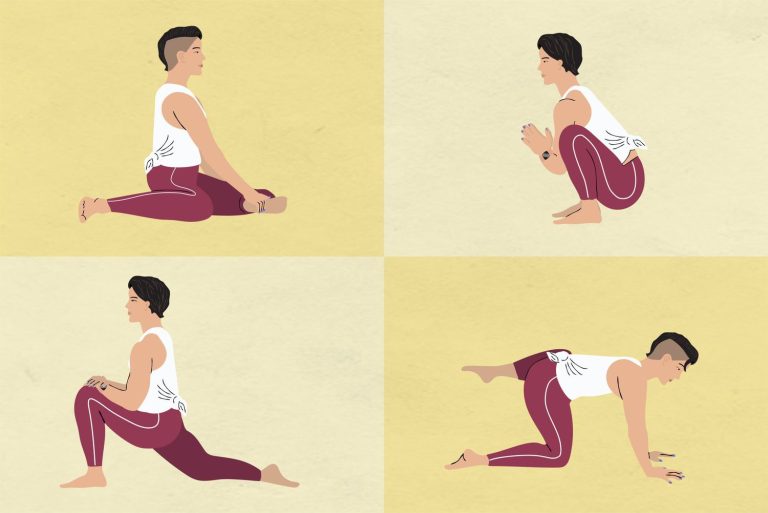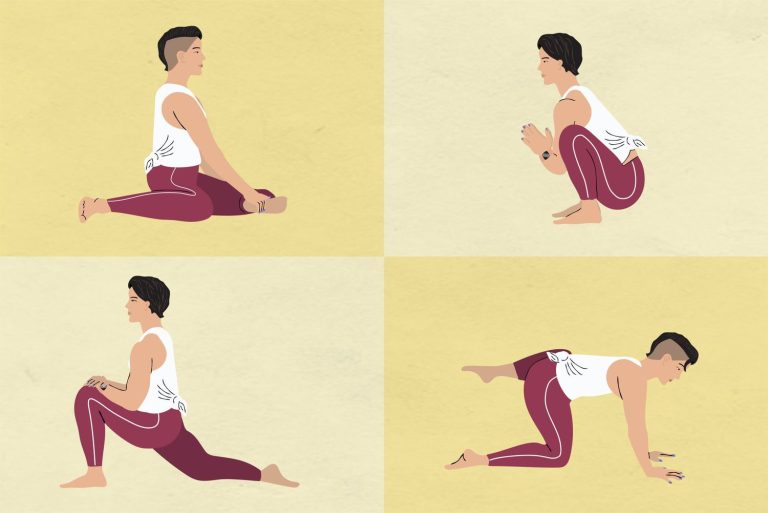Unlocking the Secrets of Hip Kinesiology Tape: A Comprehensive Guide
Do you suffer from hip pain while participating in strength training exercises? Well, imagine a world where you could find relief and continue pursuing your athletic goals pain-free.
Enter kinesiology tape, a game-changer for athletes seeking proprioceptive support and reduced discomfort. By targeting key muscles like the IT Band, Tensor Fascia Latae, and Sartorius, this magical tape can alleviate hip pain.
But before you rush to grab it, remember to consult professionals and heed their advice. While kinesiology tape enhances pain perception, let’s not forget that it won’t completely cure your hip issues.
So, get ready to discover the secret to pain-free workouts like never before. Just remember to spare your hairy areas from the tape’s grip!
hip kinesiology tape
Hip kinesiology tape is a tool that can potentially alleviate hip pain for strength athletes. It does so by providing proprioceptive support, which can improve range of motion and the ability to perform certain movements.
A taping technique that focuses on the IT Band, Tensor Fascia Latae, and Sartorius muscles is commonly used. To apply the tape, three strips should be cut with rounded edges and placed on the area of pain.
It is important to stretch the tape to 20-50% tension and rub it in for better adhesion. While kinesiology tape aids in the body’s perception of pain, it is not a cure.
Therefore, it is advisable to consult with a medical professional or trainer before trying new training methodologies and discontinue exercises that cause sharp pain. The tape creates tension to provide feedback to the brain and decrease discomfort.
For an equal fit, three strips of tape of similar length should be used. When removing the tape from hairy areas, it is best to pull off little pieces or gently chop it off.
It is crucial to cut the edges of the tape into a rounded shape to prevent it from getting caught on clothing or shoes. In summary, hip kinesiology tape is not meant to cure hip pain, but it can help alleviate discomfort, particularly for athletes with overuse of the IT Band.
Key Points:
- Hip kinesiology tape can potentially alleviate hip pain for strength athletes by providing proprioceptive support.
- A taping technique that focuses on the IT Band, Tensor Fascia Latae, and Sartorius muscles is commonly used.
- Three strips of tape with rounded edges should be cut and placed on the area of pain.
- The tape should be stretched to 20-50% tension and rubbed in for better adhesion.
- Consulting with a medical professional or trainer is advised before trying new training methodologies and discontinuing exercises that cause sharp pain.
- The tape creates tension to provide feedback to the brain and decrease discomfort, but it is not a cure.
Sources
https://barbend.com/kinesiology-taping-for-hip-pain/
https://www.amazon.com/Kinesiology-Tape-Hip/s?k=Kinesiology+Tape+for+Hip
https://www.youtube.com/watch?v=81-S6GkPZXY
https://www.amazon.com/kinesiology-tape-hip/s?k=kinesiology+tape+hip
Check this out:
💡 Pro Tips:
1. Before applying kinesiology tape, clean and dry the surface of the hip to ensure optimal adhesion.
2. Apply a pre-stretch to the kinesiology tape to activate its adhesive properties before placing it on the hip.
3. If the kinesiology tape starts to peel off or lose adhesion, use a hairdryer on a low, cool setting to reapply heat and reactivate the adhesive.
4. Avoid applying kinesiology tape over open wounds, irritated or infected skin, or areas with poor circulation.
5. Gradually increase the duration and intensity of exercises while wearing kinesiology tape to allow the body to adapt and benefit from its supportive properties.
Alleviating Hip Pain With Kinesiology Tape
Hip pain can significantly impact the range of motion and ability to perform certain movements for strength athletes. Whether the pain is a result of overuse, injury, or chronic conditions, finding ways to alleviate discomfort and improve performance becomes crucial.
One effective method that has gained popularity is the use of kinesiology tape. This specialized tape has the potential to provide proprioceptive support, facilitating the body’s natural healing process and reducing pain.
It can be particularly beneficial for athletes with hip pain caused by overuse of the iliotibial (IT) band.
Taping Technique For Hip Pain Relief
To effectively alleviate hip pain using kinesiology tape, a specific taping technique targeting the IT band, Tensor Fascia Latae, and Sartorius muscles should be employed. This technique involves cutting three strips of tape, each of equal length, with rounded edges to prevent it from getting caught on clothing or shoes.
The tape should then be placed directly on the area of pain, providing support and tension to aid in pain reduction.
Proper Application Of Kinesiology Tape For Hip Pain
When applying kinesiology tape to the hip area, it is important to ensure proper adhesion and tension for optimal results. The tape should be stretched to a tension of approximately 20-50%, depending on the individual’s comfort level.
Rubbing the tape after application can improve adhesion and longevity. It is important to note that while kinesiology tape can aid in the body’s perception of pain and provide temporary relief, it is not a cure for hip pain.
Therefore, it is recommended to consult with a medical professional or trainer before trying new training methodologies or relying solely on kinesiology tape for pain management.
Maximizing Adhesion And Tension For Effective Results
To maximize the adhesion and tension of kinesiology tape for hip pain relief, using three strips of tape of equal length is recommended. This ensures an even distribution of support and helps maintain balance and stability.
Additionally, be mindful of the removal process when using kinesiology tape on hairy areas. Pulling off the tape in little pieces or gently chopping it off can minimize discomfort and potential skin irritation.
Understanding The Role Of Kinesiology Tape
It is important to understand that kinesiology tape is not meant to cure hip pain but acts as a tool to alleviate discomfort and aid in the body’s recovery process. The tape creates tension on the skin, stimulating sensory receptors and providing feedback to the brain.
This feedback helps reduce discomfort and improve overall mobility for strength athletes experiencing hip pain.
Important Considerations And Precautions
While kinesiology tape can be a helpful tool for hip pain relief, it is essential to exercise caution and consider some important factors. Firstly, athletes should discontinue any exercises that cause sharp pain or worsen the hip discomfort.
Monitoring and addressing the underlying cause of the pain is crucial for long-term recovery. Secondly, consulting with a medical professional or trainer is highly recommended before incorporating kinesiology tape into the pain management routine.
They can provide guidance on proper application techniques and ensure the tape is used in conjunction with other appropriate treatments. Lastly, kinesiology tape should not replace a comprehensive approach to hip pain management, but rather it should be used as part of a broader strategy that may include exercises, physical therapy, and rest.
In conclusion, hip pain can be a limiting factor for strength athletes, but with the appropriate use of kinesiology tape, alleviating discomfort and improving range of motion becomes possible. By understanding the proper taping technique, applying the tape correctly, and maximizing adhesion and tension, athletes can experience the potential benefits of kinesiology tape for hip pain relief.
However, it is important to note that kinesiology tape is not a cure and should be used in conjunction with professional guidance and comprehensive pain management strategies.







